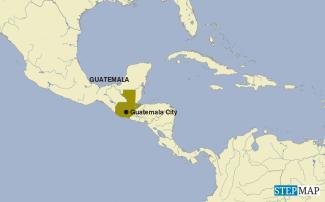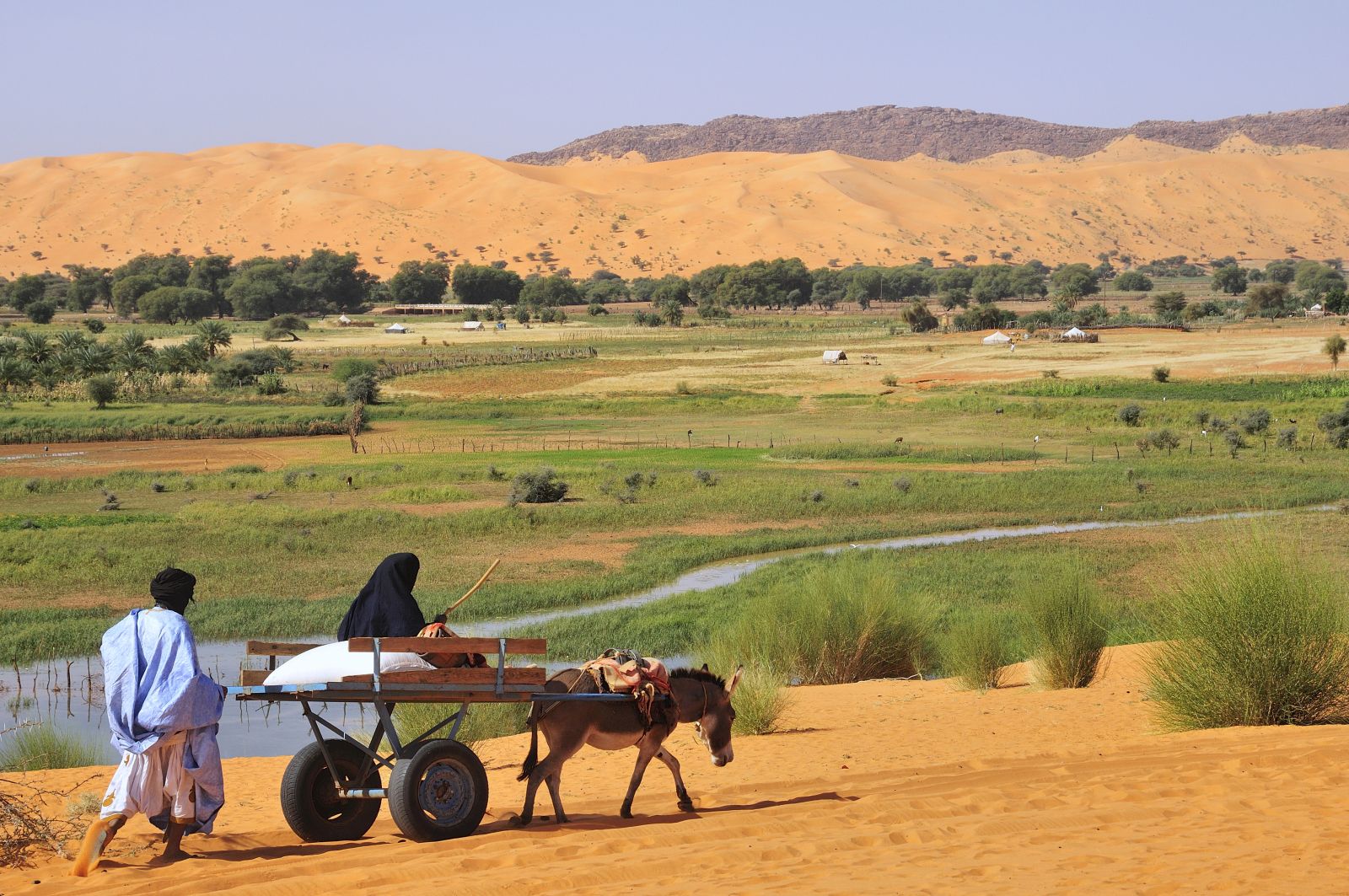Media literacy
Telling good information from bad

One area of expertise we have developed at Radio Sónica, where I work as a journalist, is how to tell the difference between true, useful information and misleading, harmful material. In a pioneering project, the station is taking this expertise to schools in Guatemala City, to give our younger listeners better tools for judging what they read, see and hear in the media.
Radio Sónica, broadcasting on 106.9 FM and financed by public funds, promotes free expression, critical thinking and the active participation of young people in public discussion. Using a mobile studio so that students can see what live broadcasting looks like, we instruct the students about media literacy in five areas: digital security, fact checking, freedom of expression, how best to use traditional media (radio, television, newspapers) and how to be savvy users of online social media. Important messages include:
- Use strong passwords to protect your privacy on social media.
- Do not rely on a single source of information, but compare what different media report and use your common sense to determine what is likely to be true.
- Pay attention to whether a report lists all the relevant “Ws”, spelling out who did what, when, where and to whom and perhaps for what reason. Stories that do not include enough Ws are harder to verify and therefore more likely to have been invented.
- Reliable reporting not only indicates who the information comes from, and if it quotes more than one party, that shows it is more trustworthy.
- Traditional media tend to apply such rules of journalism more rigorously than individuals who are active on social media, but they do not always do so.
- Check out what other sources are reporting what pops up on you Facebook account and assess whether they all belong to the same filter bubble.
In 2019, the mobile studio visited 70 schools and reached 1,822 students. Our instructors emphasise the difference between information that is useful to have and information that is best not to communicate further. “Now I will not share more homophobic, racist or sexist memes, because if I do that, I am spreading it,” one student said in a feedback session.
How to use social media safely is a particularly important topic for many of our young students. While it is important for them to communicate with the outside world, they must also learn not to fall victim to online offenders. “I’ve learned about the importance of having strong passwords in my profiles,” a student told us in a feedback session.
In addition to specific information about how to use media effectively, the students get a broader message about participating in public discussion. They learn the important lesson that their views matter. “You gave us the opportunity to speak,” one of our students told me. “No one comes to our school, but you did that, and I learned a lot.”
Gildaneliz Barrientos a journalist in Guatemala, manages the media and information literacy project at Radio Sónica, a community radio station.
gildacol54@gmail.com









